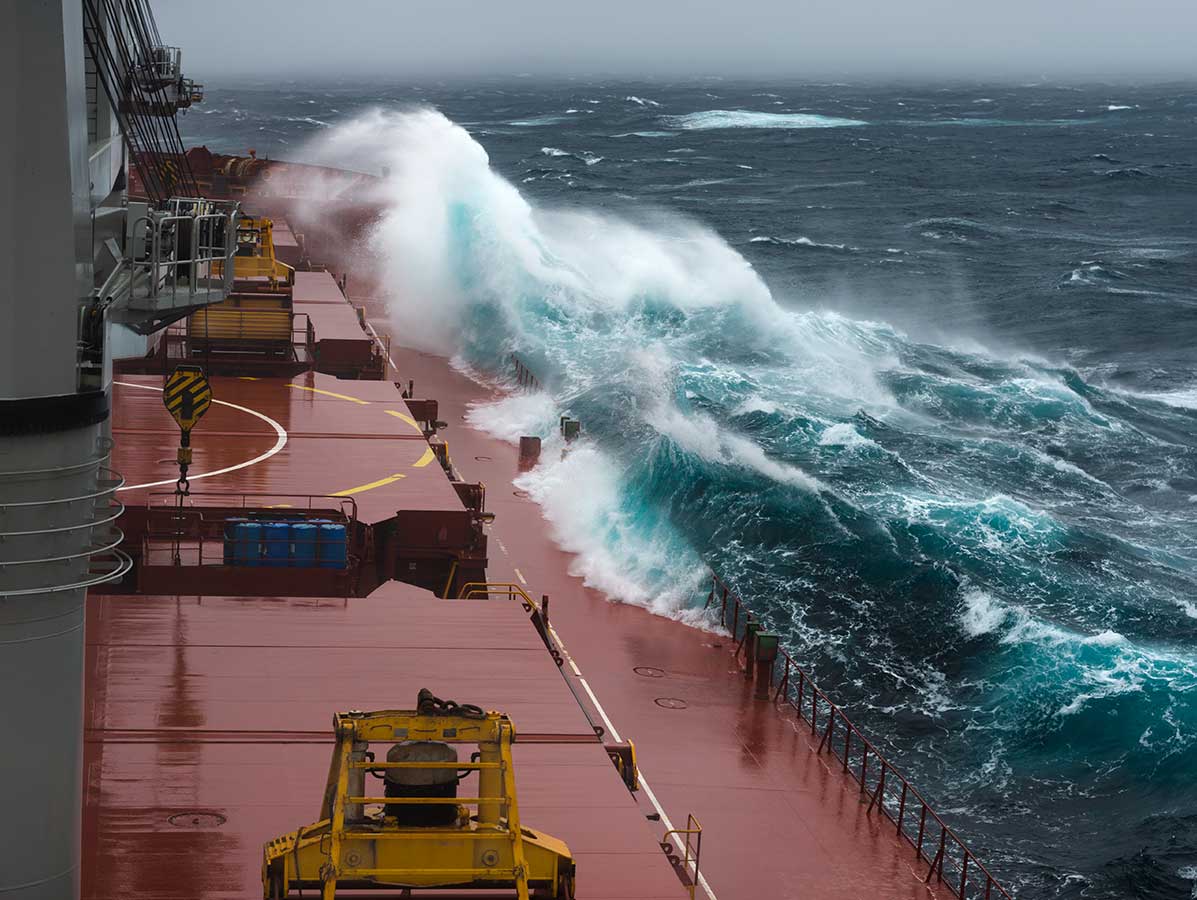![]()
Carmakers are bracing for another potentially serious disruption to chip supplies
Four years ago, a chip shortage cost carmakers dearly. Amid a global lack of semiconductors, millions of vehicles that could’ve been made were simply not. So when the semiconductor company Nexperia warned last week of a potential disruption, carmakers in Europe and the U.S. took notice, calling for a quick resolution.
At the heart of the issue is a recent move by the Dutch government to take control of Chinese-owned Nexperia. The company boasts chip factories in Germany and England but assembles many of its larger products in China. The result has been a dispute over intellectual property and international trade, Reuters reports, suggesting a serious disruption is looming.
Because large numbers of Nexperia’s chips are used for cars’ lights and electronics, that could jam up production. Some U.S. auto plants reportedly might feel the effects as soon as next month. And industry officials warn the fallout could quickly spill into other countries and industries: “It’s that significant.”
The U.S. and Australia want to challenge China on rare earths. Doing so will take time
A major source of friction in the ongoing trade war between the U.S. and China has been hard-to-get minerals and rare earth magnets, which are key for everything from wind turbines to medical devices to military hardware. China dominates the production of minerals like gallium, as well as critical refining processes. Lately Beijing has been ratcheting up export controls.
But in an effort to shift that dynamic, the U.S. has now inked a deal with Australia. The plan is to pump billions of dollars into projects like a new gallium plant in Western Australia, as well as an effort to source more rare earth oxides.
Still, it will be hard to beat China at this game anytime soon, Goldman Sachs warns. That’s because good deposits are scarce outside China and Myanmar. Developing new mines can take the better part of a decade. Plus, building out the necessary refining infrastructure can also take several years.
Meantime, progress in trade talks between China and the U.S. has been slow, but not that slow.
As the U.S. shutdown goes on, the risk of cargo disruptions goes up
Last week, we noted that with the U.S. government shutdown dragging on, many thousands of air traffic controllers and transportation security agents are still being asked to show up for work, even though it’s not clear when they’ll next get paid.
The rather unsurprising worker shortage that’s resulted is making cargo disruptions more and more likely. Thousands of flights have been cancelled or delayed, with recent impacts in Orlando, Houston, Austin, and Charlotte. At Charlotte Douglas International alone, more than 2 thousand flights have been delayed due to the air traffic controller shortage in recent days.
Customs processing is also a concern. Fewer workers may show up to screen cargo at airports in key logistics hubs like Memphis and Louisville, Kentucky. Potentially further delaying inspections and adding to customs clearance times, thousands of support staff members—those not deemed essential amid the shutdown—have been furloughed.
If things drag on longer and the risk of snags increases further, this will be particularly unsettling for importers of perishable foods and pharmaceuticals. We’ll keep monitoring for new developments in our Risk Center
You can’t spell important without “port”
October has seen numerous disruptions at European ports, including a 24-hour strike at Greece’s Port of Piraeus, protests at the Port of Barcelona, and a weeklong strike of lashers—workers who lash and unlash containers—at the Port of Rotterdam, Netherlands. Then there are this month’s strikes at various Belgian ports. These were on hold for the last week, but have led to lingering congestion and delays.
As a result, wait times at ports across Europe have been longer than usual. While the average wait is a bit over a day, some have been above two, and Slovenia’s Port of Koper has reportedly faced wait times up to five days.
In China, it’s a similar story, albeit for a different reason. Multiple typhoons impacted ports in Asia and Oceania in September and early October, and several have yet to fully recover.
Our Port Congestion Report covers several other key regions and adds more details, but to touch briefly on two more here. Longer wait times have also been common across Africa, due to construction and congestion, and in the United States, where some ports—namely in Savannah and Charleston—have seen wait times upwards of a week.
Supplier risks vary by location. Here’s how to account for that
It’s impossible to rid your supply chain of all risk—but you can’t simply ignore it, either. Things going awry with your suppliers can delay your production efforts and perturb customers. That means it’s crucial to understand what types of risks your suppliers pose.
Enter the strategic supplier risk score, a standardized rating that lets you easily compare different suppliers facing very different threats. Along with many other considerations, this lets you compare how risks vary across locations.
This matters because, for instance, tornadoes are a greater hazard in the United States than in the United Kingdom. For another example, some regions have more pronounced problems with forced labor than others, like northwest China. Other risk factors range from sustainability and climate concerns to political violence.
With this in mind, location-based risk scores can help you pinpoint which suppliers to work with, along with how much and what types of risk you find acceptable—and inform decisions to diversify your supplier network, or to develop mitigation plans.
More on how this builds supply chain resilience is on our blog.
Other stories we’ve been reading and monitoring:
The demand for fuel-efficient aircraft engines is so high, and the shortage so great, that in some cases, it’s now worth it to rip engines out of jets that are just a few years old.
While most Indian exports to the U.S. face a 50 percent tariff, solar companies are retooling their supply chains to source their products from countries with lower levies.
An airport fire in Bangladesh destroyed a large amount of raw pharmaceutical materials, but it’s “not expected to immediately affect the supply chain or medicine prices” there.



